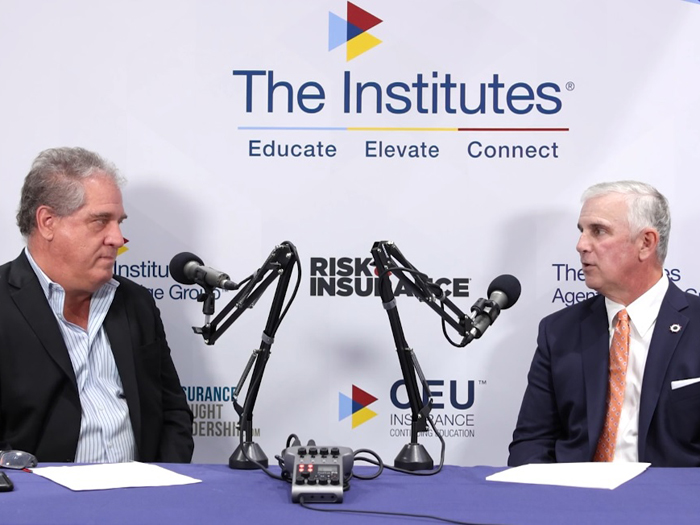Risk Insider: Matthew Nielsen
Latin America’s Insurance Industry Advances
Over 600 million people call Latin America “home,” with hundreds of thousands lifting themselves out of poverty and into the middle class each year.
But how many of those citizens or businesses are prepared for a major catastrophe, such as the earthquake that struck Ecuador on April 16? How many of them are thinking about catastrophic floods, such as those experienced in Paraguay and neighboring countries in 2015?
And if they have insurance, are the insurance markets in each country prepared to handle a financial disaster?
While these questions are difficult to answer with any certainty, it is comforting to know that the region is in the process of understanding the implications of future events. Countries from Costa Rica to Chile are beefing up their review of solvency standards for companies operating in their insurance markets, and companies are stepping up to the challenge.
While economic growth has slowed in Latin America in recent months and political turmoil has begun sprouting up in countries like Brazil, the future prospects for the region are as bright as ever.
Insurance regulators, such as those operating in Mexico, Colombia and Peru, for example, are implementing more comprehensive reviews for insurance companies.
In Mexico, implementation of Solvency II is ongoing, with the first two pillars (corporate governance and reporting) said to be already in place. Colombia recently initiated a process to review and approve earthquake catastrophe models for use by primary insurers. Peru has already put such a process in place.
Models are at the heart of this leap in sophistication. Some countries are setting up review processes for external models, similar to the requirements set forth in the first pillar of Solvency II.
Countries like Colombia and Peru developed interrogatories for reviewing these external models, hiring experts in the fields of seismology, engineering and actuarial science to review submissions.
Other countries, like Costa Rica, are investing in building their own models to help them understand their catastrophe exposure, a lengthy and costly endeavor.
In some cases, the increased insight into insurance industry risk brings to light vulnerabilities in the local markets. Costa Rica, for example, only recently privatized its insurance market.
Another vulnerability is the lack of insurance penetration. In Costa Rica, like much of Latin America, insurance is limited to commercial, industrial and high value residential risks. When it comes to protecting houses of working-class families, however, recent efforts fall short.
While companies are beginning to increase their market share and expand insurance penetration, regulators believe that the market won’t be able to help the country recover from a major natural disaster.
While economic growth slowed in Latin America in recent months and political turmoil bedevils countries like Brazil, the future prospects for the region are as bright as ever.
Businesses will continue to grow and invest, and home ownership will continue to rise. As the region grows, so too will the need to protect the assets accrued during this economic expansion.
Insurance is crucial to the resilience of Latin America, and a healthy insurance market will ensure that the region will continue to grow and prosper, despite the threat of natural disasters.










